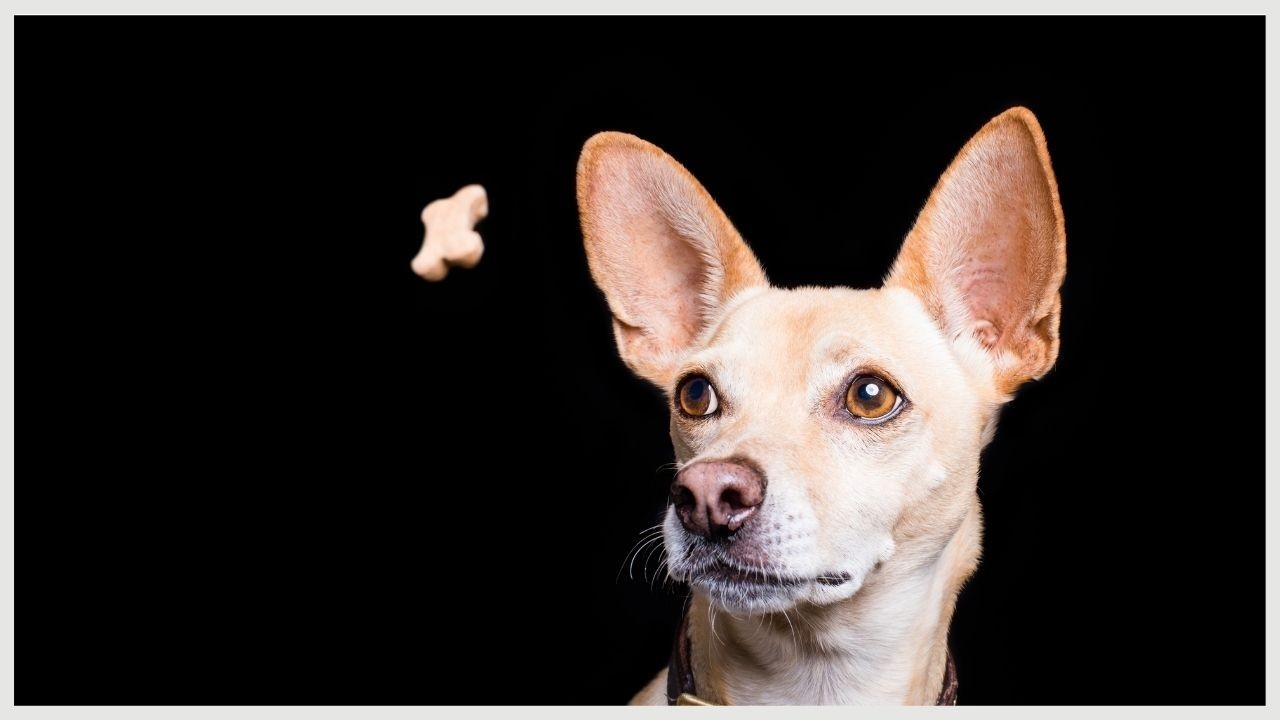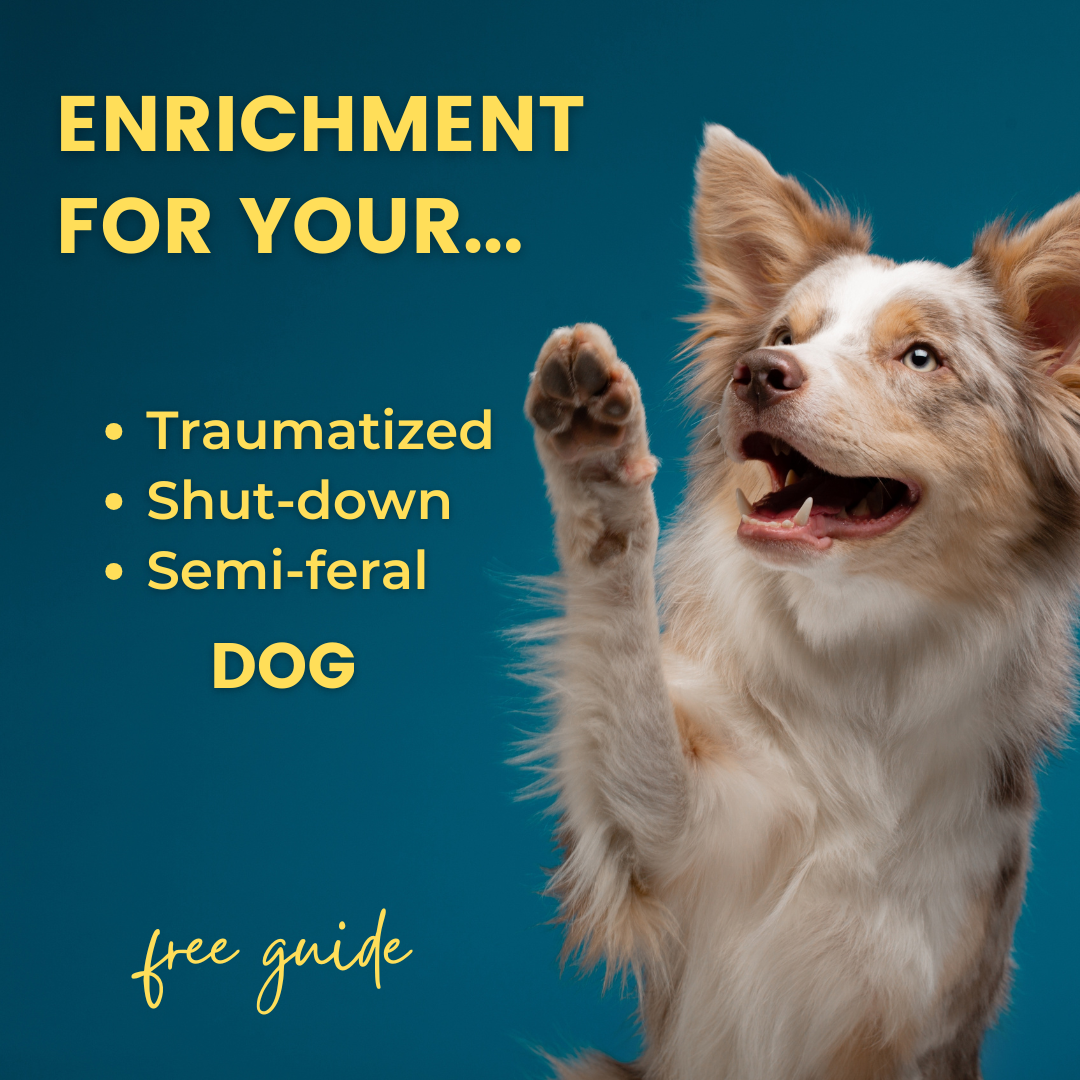Food Reinforcers: Considerations and Favorites
Mar 14, 2022
If you have tried training your dog, chances are that you've experimented with food reinforcers. With so many options, it can be tricky to know which is the best fit for your dog and your training. In this video, I discuss using food as a reinforcer and how you can get the most out of it. Here are some of the key points:
Considerations When Choosing Reinforcers
A positive reinforcer is something your dog gets, following a behavior, that makes that behavior more likely to be repeated later. When choosing which type of positive reinforcers to use in your training, here are some things to think about:
- Does it fit the training context? Will training with this reinforcer be doable in both your prep work and the real-life situation where you will need the behavior?
- Health concerns: Are there any health considerations that might limit how much of the reinforcer you can use at a time?
- Cost: Does the price of the reinforcer significantly limit the quantity you can use?
- Convenience: Does the reinforcer take significant effort to prepare or deliver?
- "Attention span": Will your dog quickly tire of the reinforcer you have chosen?
- How does it affect training? Does the reinforce type you're considering facilitate, or potentially disrupt your training process?
- Can you control access? To effectively use a reinforcer, you should be able to manipulate its availability, so that your dog receives it after they perform the behavior you're after.
Why Use Food Reinforcers?
With so many reinforcer types available in dog training, why use food?
- Most dogs love food: You don't usually have to train a dog to like food. Most dogs respond well to food reinforcers in a variety of contexts.
- It's easy to carry: Food items tend to be light, small, and portable.
- It's quick to dispense: Tossing or handing food to a dog can be done rapidly.
- Most dogs won't tire of it quickly: Many dogs are happy to eat, and keep eating, throughout a training session.
What Are Some Potential Downside Of Food Reinforcers?
While there are plenty of reasons to use food reinforcers, there can be disadvantages:
- Weight concerns: You might have to limit the use of food reinforcers if you dog is overweight.
- Not "naturally occurring": Food is often something we add to a training scenario- it's not the reinforcer that would normally be present in the environment in which we're training. That means that, unless you transfer control to a reinforcer that your dog will naturally encounter on their own, you'll need to use food long-term to maintain the behavior. There's not anything wrong with that, but it is something to be aware of.
- Food can elicit unwanted behaviors: When training with food, some behaviors like jumping up toward the food or otherwise orienting or moving toward the food can pop up, which can slow down training. These issues can be overcome, but it's keep this in mind when deciding things like where your treats will be stored during training, for example.
- Food can "swamp out" other reinforcers: In some situations, the dog's interest in food can reduce attention to the environment. Sometimes this is just what you want! But other times, you'd really like your dog to notice and interact with other things in the environment.
Considerations for Food Reinforcers
Let's revisit the considerations for using reinforcers listed above, in the context of food reinforcers:
- Does it fit your training context? Is food allowed in the area where your dog needs to perform the behavior? Can the dog eat during the behavior or activity? Can you use it long term to maintain behavior?
- Health effects: Do you need to watch your dog's calories, fat or sodium? Be careful when choosing food reinforcers if your dog has food allergies or dietary restrictions.
- Cost: The cost of commercial dog treats can add up!
- Convenience: Does the food require cooking, cutting up, or other prep work?
- Will your dog get tired of it? Knowing your individual dog, will they tire of this specific treat? If so, look for higher-value foods or include greater variety.
- Will food disrupt your training? Some foods take more time to eat and might slow down your training. Eating might also disrupt the behavior you want your dog to perform- for instance, if you want your dog to be running, but they pause to chew when you deliver a food reinforcer.
- Can you control access? Controlling access to food reinforcers should be easy most of the time.
Our Group's Favorite Food Reinforcers
We posted a poll in our Facebook support group asking members to list and vote for their favorite food reinforcers. Here is what they had to say:
- "Human foods": String cheese, chicken breast, and hard cheeses were all popular choices.
- Commercial dog treats: The overall winner was freeze-dried beef liver. Ziwipeak was another popular option. Links to both can be found in our recommended products page.
Treat Ratings
In the video, I list the pros and cons associated with the Facebook group's favorite treats. Take a look at the table in the video. Aspects I considered were:
- Ease of eating: Cheese, liver, chicken, and Ziwipeak air-dried foods can all be easily broken up into small pieces and eaten quickly by the dog.
- Ease of handling: I find cheese and Ziwipeak easy to handle. Chicken and liver are messier.
- Healthiness: Boiled chicken, freeze-dried beef liver, and Ziwipeak treats are all probably pretty healthy (although this is not my area of expertise!). Cheese is high in fat and sodium.
- Ease of prep: String cheese, beef liver and Ziwipeak all require no real preparation before use in training. You'll need to cut up hard cheeses into small pieces before using, boiled chicken requires cooking and cutting up.
I hope you enjoy this week's video and have fun choosing reinforcers for your next training session!
If you're looking for more one-on-one guidance with your fearful or reactive dog, we'd love to work with you! Check out information on our private training.
If you are trying out reinforcers with your fearful dog, we want to hear about your successes or struggles. Join our Facebook group and post your questions or comments there, or email us at [email protected].



